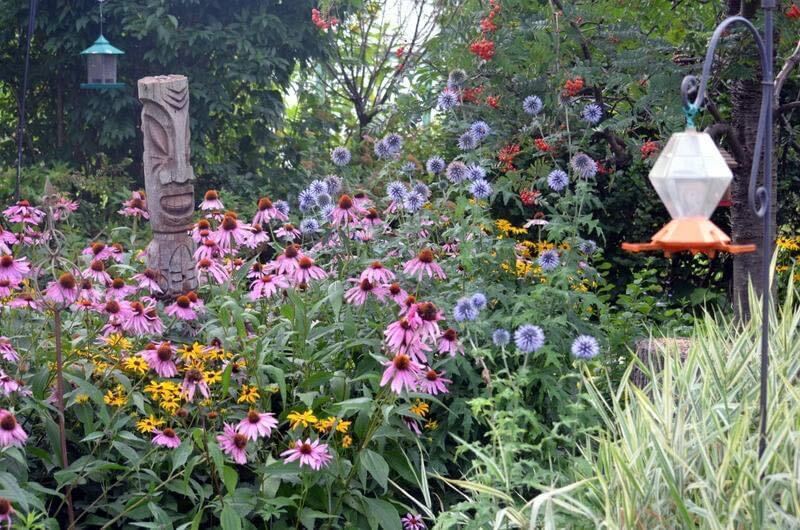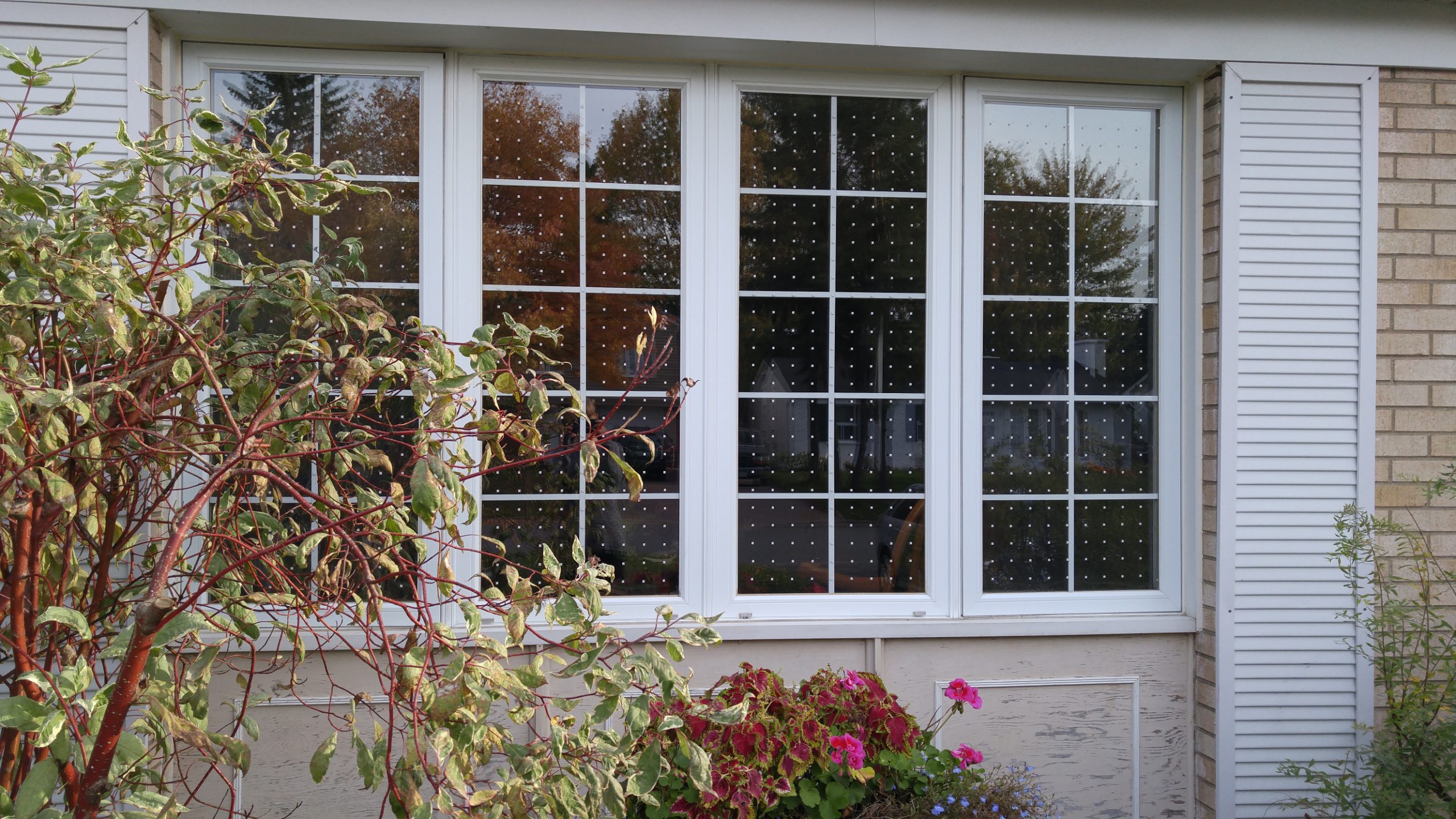By Ellen Jakubowski, Communications Specialist, Birds Canada
We know how passionate our readers are about helping birds, so we created this list of specific examples that you can try right now, this summer. If you’re spending more time than usual at home this year, maybe it’s the perfect time to take on a new project!
Please share this list to fellow bird lovers and make an even bigger impact.
- Watch the birds
Volunteering for a Citizen Science program is a great way to help birds while learning more about them and enjoying the outdoors. Here are a few programs you can volunteer for right now:
eBird Canada: eBird is one of the world’s largest Citizen Science projects. Anyone can create a free account. Watch birds anytime, anywhere, then submit your bird observations. You will be adding to a worldwide database used for scientific research and for informing conservation decisions.
Great Canadian Birdathon: Go birding and strengthen support for conservation! This year you can do your Birdathon any time, now through December. Find out more.
Canadian Lakes Loon Survey: Monitor loons at any lake in Canada that you visit throughout the summer. This program runs from June to August, but you can still contribute your observations for 2020. Please visit the Loon Survey page to learn more and get involved.
SwiftWatch: If Chimney Swifts roost in your community, you can help keep tabs on their population by monitoring a roost site. Please contact our Ontario or Maritimes SwiftWatch coordinator for more information.
Saskatchewan Breeding Bird Atlas: Lend your skills to the largest Citizen Science effort ever undertaken in the province. It’s easy to participate and a fun way to explore this beautiful place. Learn more.

Photo: Michelle Houston
2. Garden for birds
For those who have yards, gardening with native plants provides habitat and food sources for birds. Offering a variety of native plants that bear berries, seeds, or nectar – or support native insects – keep birds fed and attract them to your yard all year round. Do some research to find out which plants are native to your area and where to get them. Your local naturalists’ club can be a great place to start.
Non-native invasive plants crowd out native plants and can have negative impacts on native wildlife, including birds. Remove these plants if you find them on your property. Again, species vary from region to region, so find out which ones are a concern in your area. Possible examples include: dog-strangling vine, Phragmites, burdock, Japanese knotweed, and garlic mustard.
Don’t be too tidy. Let some flower heads go to seed to feed the birds. Leave a brush pile in the corner, and when it is safe to do so, leave dead trees standing – both provide shelter for birds.
Check carefully for nests before you prune bushes, trees, and hedges.

Photo: Ellen Jakubowski
3. Keep birds safe and healthy
Take action to prevent bird collisions. Find out how to make windows and other glass surfaces (e.g., balcony railings) safer for birds. If you decide to purchase Feather Friendly’s DIY kit for preventing collisions, you can use coupon code BirdsCanada – Feather Friendly will donate ¢75/roll to support bird conservation work.
Give birds space. Many birds are raising young or migrating and need to devote their time and energy to these challenging tasks. Use binoculars or long camera lenses to see birds up close without disturbing them. Slow down and give waterbirds a wide berth when you are boating. Stay back from shorebird flocks when they stop to rest during migration and keep pets on a leash at the beach.
Give young birds space, too. If you see what appears to be a baby bird out of the nest, it’s most often a fledgling who is learning to fly and is still being cared for by its parents. Bird and Moon comics created a helpful and humorous guide that you can refer to on what to do if you find a baby songbird.
Provide cats with entertainment and exercise with a “catio”, harness walking, or indoor playtime. Choosing alternatives to allowing cats to roam outside will save bird lives.
Keep bird feeders and baths clean to protect birds from mold and disease. Project FeederWatch has great instructions for feeder care. If you see sick birds or hear reports of sick feeder birds in your area, you should take additional precautions to keep birds safe. For example, if you are in a part of Eastern Canada where trichomonosis is occurring, please put away seed feeders and bird baths during the summer months (hummingbird and oriole feeders are okay to keep out). You can learn more about trichomonosis on the Canadian Wildlife Health Cooperative website.
Try out our free online course (Beta version) on “Making birds feel at home” for more tips on keeping birds safe and healthy.
Thank you for all you do to help birds – in the summer, and year-round!


